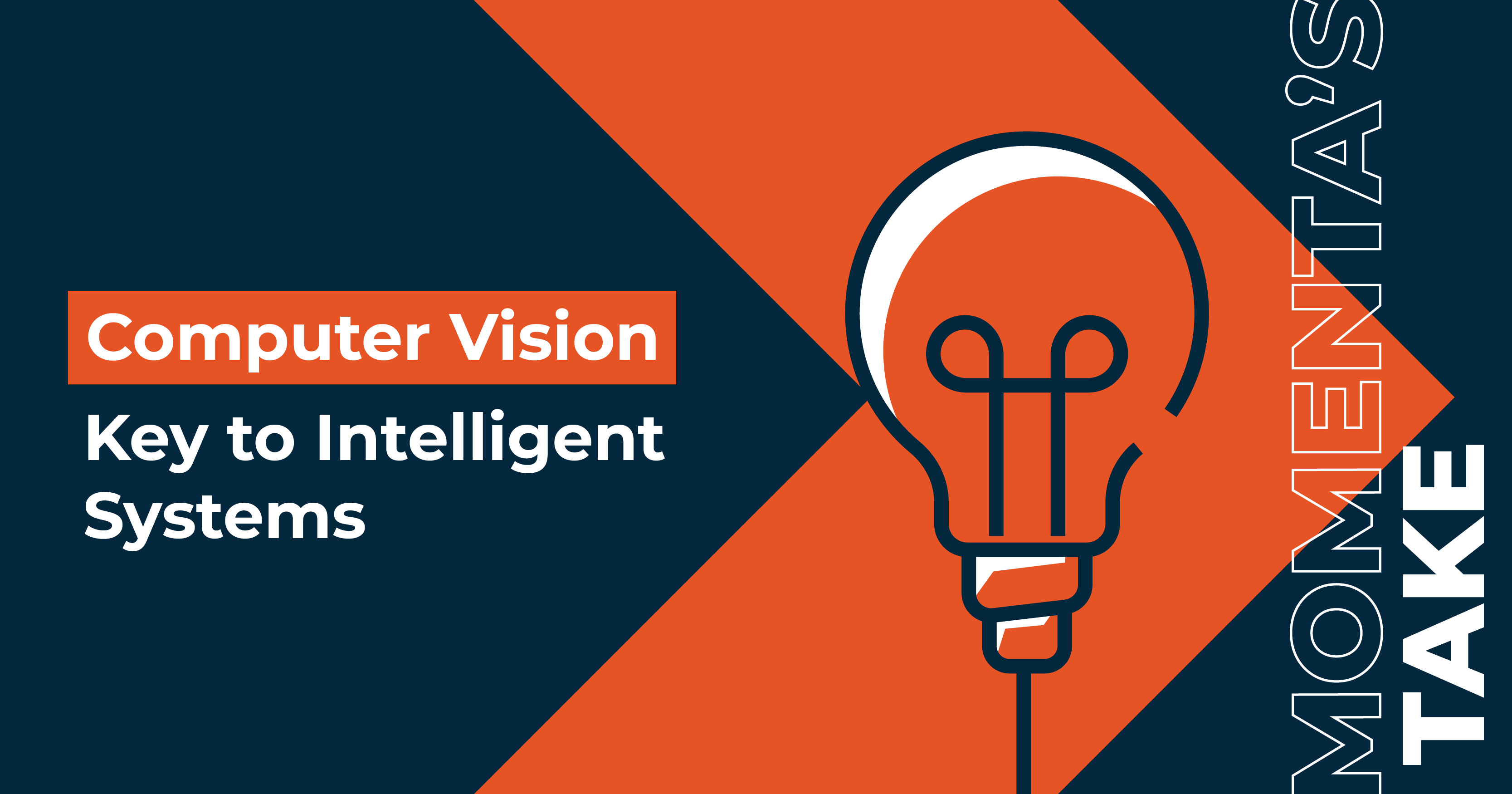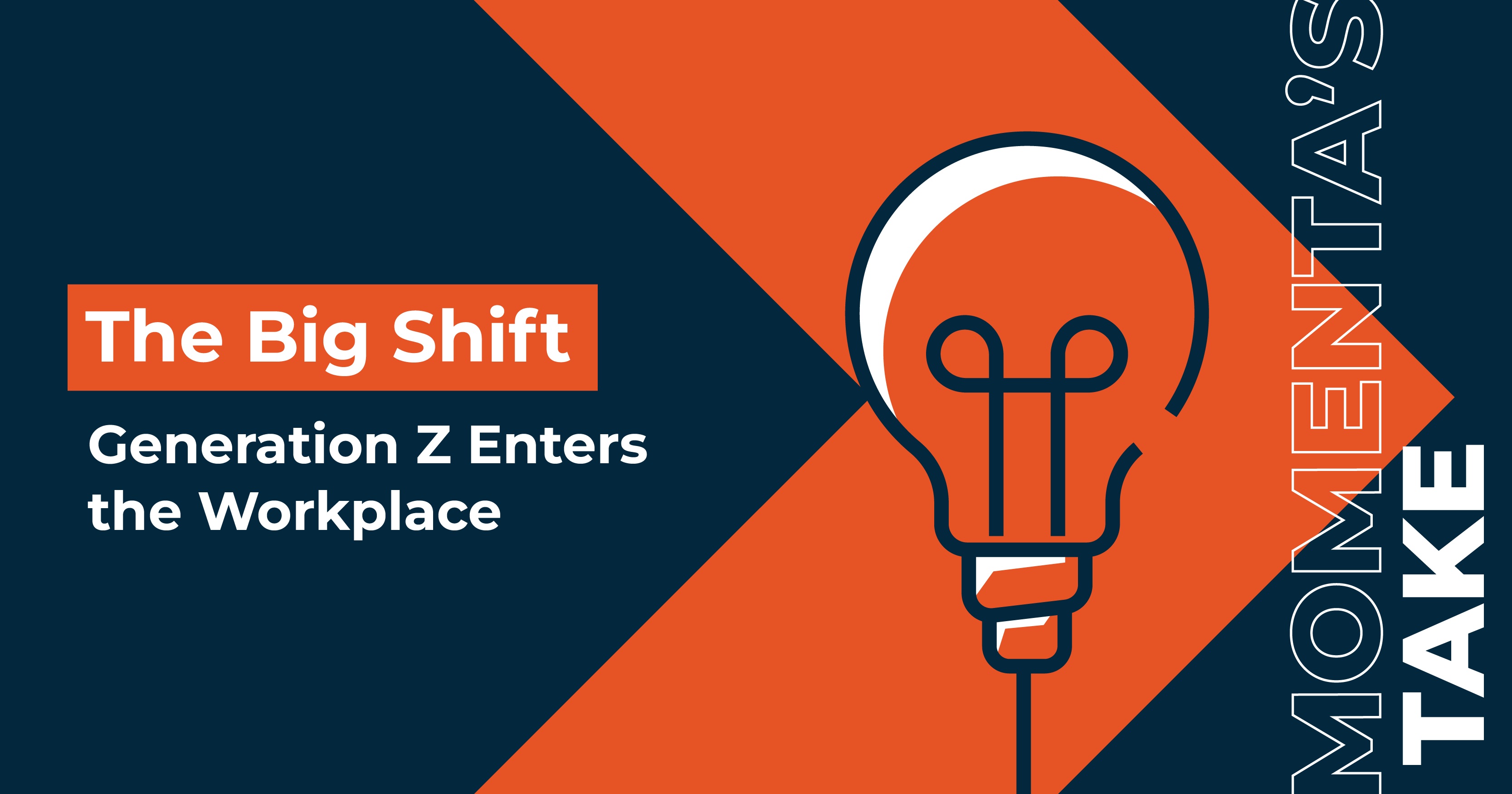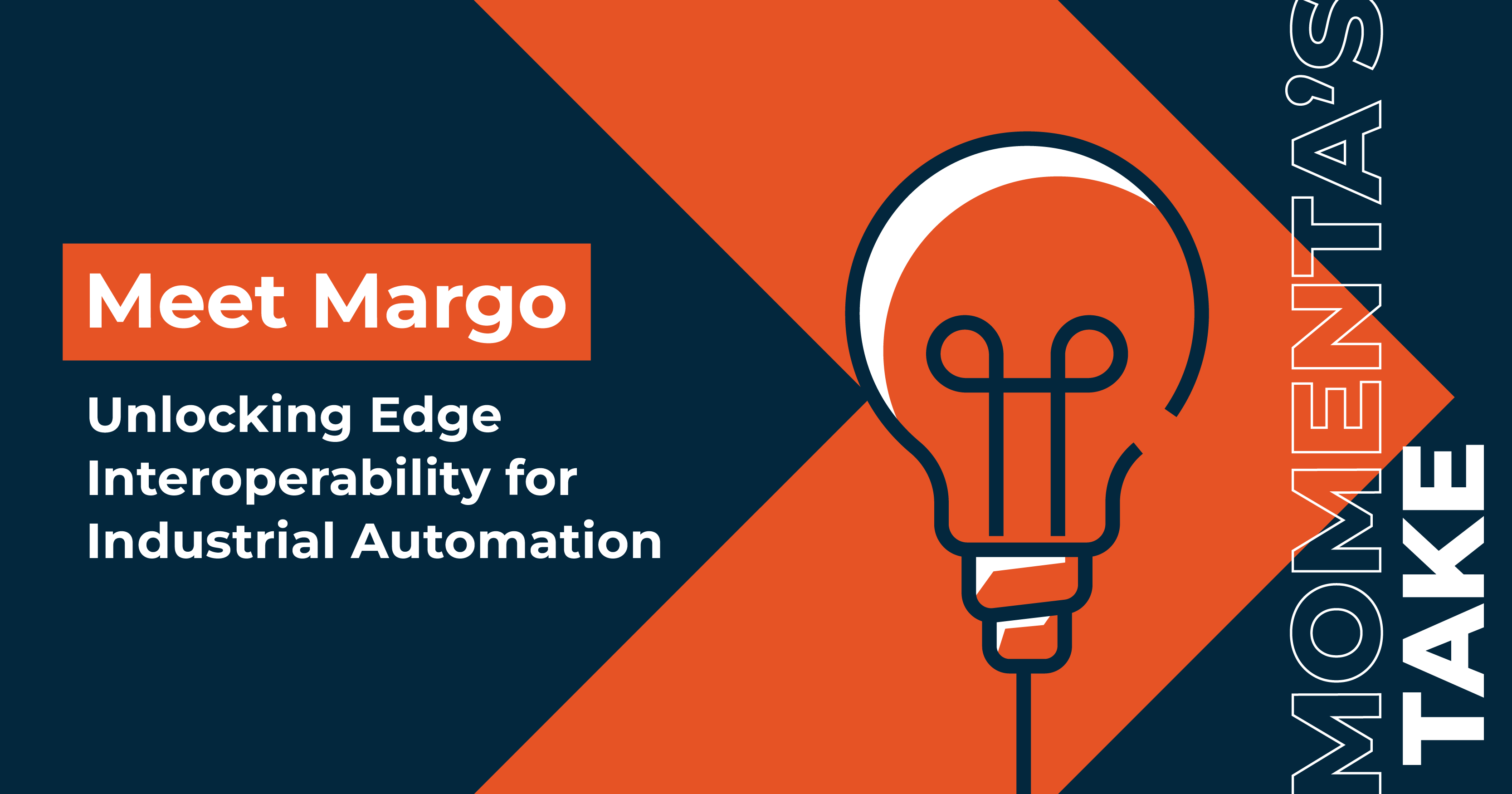Momenta's Take: The Critical Role of Computer Vision
Ed Maguire

The Critical Role of Computer Vision in Intelligent Systems
Computer vision technologies are a form of Artificial Intelligence that enable machines to interpret and understand the visual world. The technology relies on algorithms and techniques that extract meaningful information from digital images or videos, analogous to how humans perceive and understand visual information. The technology behind computer vision incorporates image processing, pattern recognition, machine learning, and deep learning techniques. Algorithms need to be trained on vast amounts of labeled image data to recognize and categorize objects, detect patterns, and make decisions based on visual input.
Robust Growth Forecasts
Though anticipated growth rates vary, the computer vision market is forecast to deliver strong growth. Grand View Research sizes the market at $14.1bn in 2022 and is expected to grow at a CAGR of 19.6% through 2030. Allied Market Research forecasts the global computer vision market to grow at a CAGR of 18.7% from $15bn in 2022 to $82.1bn by 2032. Statista estimates the market size at $26.26bn in 2024 growing at an 11.7% CAGR to reach $51bn by 2030.
How is Computer Vision Useful?
Computer vision is becoming a critical technology across many industries and scenarios. In particular, Augmented Reality (AR) and Virtual Reality (VR) rely on computer vision. Notable use cases include:
- Object Recognition and Classification - Computer vision is useful for identifying and classifying objects within live images or video, which is particularly relevant for autonomous vehicles, where it’s necessary to be able to detect pedestrians, other vehicles, traffic signs, and obstacles on the road.
- Image Segmentation – The ability to divide an image into relevant subsegments or regions is useful in medical imaging for identifying and analyzing tumors or other anomalies, agriculture for crop monitoring and analysis, and manufacturing for quality control (used by Momenta portfolio company Smartex).
- Gesture Recognition – Interpreting human gestures helps to enable more natural and intuitive interactions in gaming, virtual reality, and human-computer interfaces.
- Facial Recognition - This technology identifies and verifies individuals based on facial features, applicable in security, surveillance, biometric access control and personalized user experiences. Facial recognition is increasingly becoming subject to regulation and restrictions. The recently drafted EU AI Act prohibits the use of authorities’ use of facial recognition technology except in exceptional circumstances such as kidnapping and national security. Additionally, the Act bars the use of facial recognition-powered emotion detection to manipulate users through directed and targeted content.

Which Industries Are Getting the Most Value from Computer Vision?
Agriculture - Computer vision plays a critical role in modern precision farming solutions that protect against drought and pests and optimize yields. Drones employing high-resolution cameras and imaging software can monitor crop health, detect pests and diseases, and optimize irrigation and fertilization.
Autonomous Vehicles - Computer vision (often deployed in conjunction with LIDAR) enables vehicles to perceive surroundings, detect obstacles, and operate without human intervention. Algorithms analyze visual data to identify lane markings, traffic signs, pedestrians, and other vehicles, enabling autonomous vehicles, including driverless cars, trucks, trains, boats, and UAVs to navigate safely and efficiently.
Manufacturing - Computer vision inspection systems can analyze images and videos of manufactured components and products to detect defects or anomalies helping improve quality and reducing costs of labor and defective products. Computer vision systems work with industrial automation systems by helping guide robots and machines. They can play a pivotal role in enabling Collaborative Robotics (cobots) by helping humans integrate work processes with robotics systems. Computer vision safety systems can monitor for violations of safety protocols or unauthorized access to restricted areas. There are many other use cases for computer vision in manufacturing where the potential impact is most promising. Eigen Innovations is a Momenta portfolio company that provides software that helps manufacturers design and implement vision systems that collect quality and process intelligence for their products.
Smart Cities - Computer vision technology is integral to the development of smart cities, particularly in traffic safety and parking management. In urban environments, computer vision-enabled traffic monitoring systems can analyze traffic flow, detect congestion, and optimize signal timings to improve overall traffic management. Additionally, computer vision-based parking management systems can efficiently locate available parking spaces and help with parking enforcement, reducing congestion and emissions. Surveillance systems equipped with computer vision algorithms can detect and analyze suspicious activities, aiding law enforcement agencies in crime prevention.
Overall, computer vision plays a vital role in enhancing automation, efficiency, and safety across industries. At Momenta, we anticipate some of the most meaningful impacts in manufacturing and industrial uses, where portfolio companies like Overview.ai and Smartex leverage technologies to drive new efficiencies and create value. Eigen Innovations is another portfolio company that develops software to help manufacturers design, deploy, and manage computer vision systems that help detect and prevent defects in manufacturing. We expect continued development will drive innovation and transformation in agriculture, transportation, and many other fields in the future.

Momenta is the leading Industrial Impact venture capital firm, accelerating digital innovators across energy, manufacturing, smart spaces, and supply chain. For over a decade, our team of deep industry operators has helped scale industry leaders and innovators to improve critical industries, the environment, and people's quality of life.



